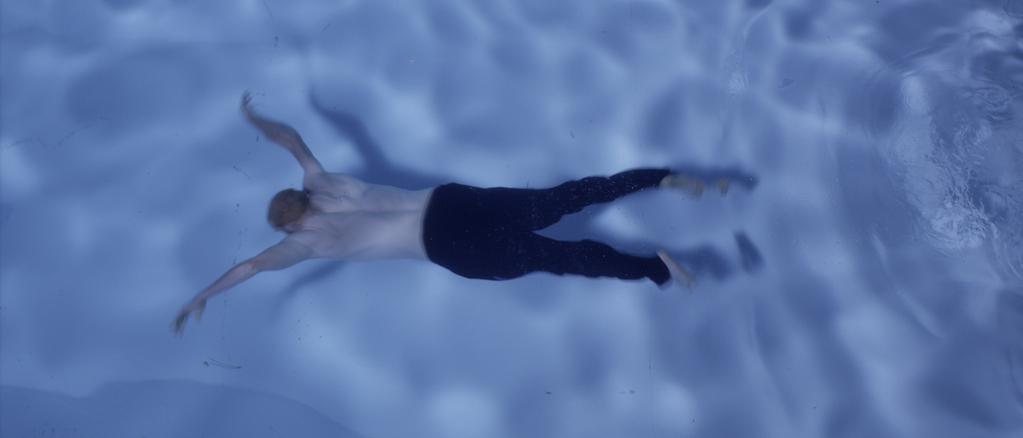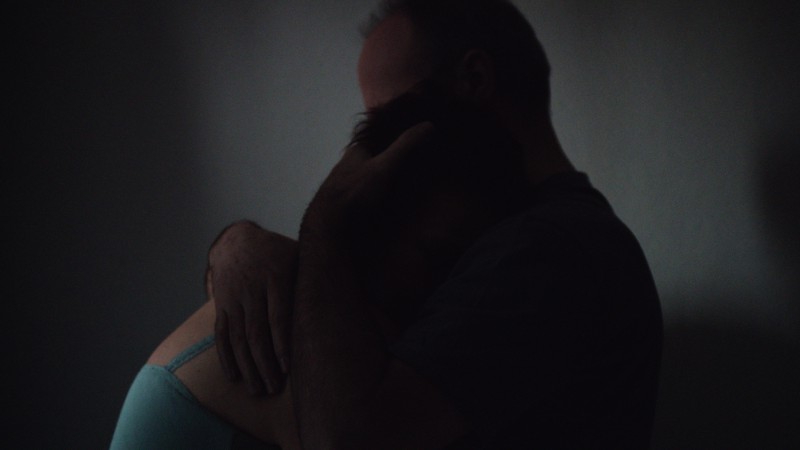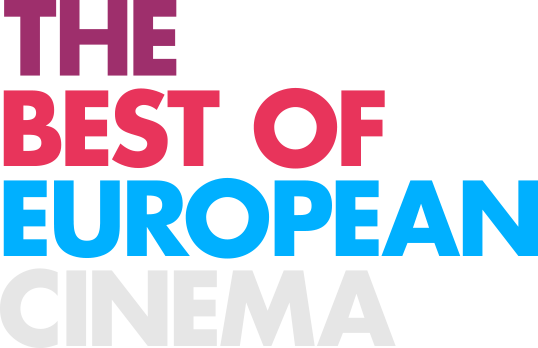Curtocircuíto 2014 – Cineuropa’s favourites
The Spanish Curtocircuíto International Film Festival has reached its 11th edition with an enviable health. Santiago de Compostela’s event, directed by Pela del Álamo (read the interview) focuses on the most daring filmmaking within the short films world, featuring a mouth-watering selection of films hailing from the four corners of the world. The works, ranging from conventional to extremely experimental narratives, represent the spirit of the festival – in his director’s words, “we love filmmakers who aren’t afraid to take risks, and we don’t care about their origin.” The official sections, namely Radar, Explora (experimental) and Planeta GZ (Galician works), have included a carefully put selection that echoes the best creativity in nowadays’ short film. These are Cineuropa’s eight seven short films out of it:
Gambozinos by João Nicolau (Radar)
Production: O Som e a Fúria
A holiday camp is the perfect place for a child’s imagination to unspool: the snipe (gambozinos in Portuguese) chase, used to pull pranks on kids, is the trigger. But that doesn’t mean he’s living in an imaginary world: it’s this fantasy what helps him in his very real world. João Nicolau depicts in Gambozinos the small life of a small (or not that small) person, a 10 year-old boy, from the moment where he’s found in the middle of the forest looking for a monster whose existence is not very likely... until he finds him, and he holds hands with him. From that moment onwards, the holiday camp routine (the struggle with the elders, the prayers to Marsupilami, the first love and slow dance) is shown in the screen with a satisfyingly bold freshness, with the fantastic elements sneaking into the story (in the shape of a quiet furry monster à la Uncle Boonmee Recalls His Past Lives) and a special touch for quiet, austere scenes.
Tant qu’il nous reste de fusils à pompe by Caroline Poggi and Jonathan Vinel (Radar)
Production: Le G.R.E.C.
Caroline Poggi and Jonathan Vinel’s Tant qu’il nous reste de fusils à pompe (lit. “As Long as Shotguns Remain”) could be easily classified among the so-called French New Extremity, a trend that comprises filmmakers such as Gaspar Noé and Bruno Dumont. The world of Tant qu’il nous reste de fusils à pompe would fit right in between of the ones of those two (maybe also recalling that of Gus Van Sant), mixing punk, bizarre elements with an ascetic, eerie style in the approach to the story. The story of two teenagers in the French countryside, after the suicide of one of their friends (who one of them still sees and talks to), drifting from boredom to adventure, tracks their willing to find their purpose within the world they know, which finally happens to be in a gang of young tattooed bikers. Poggi and Vinel choose to unsettle and confound rather than explaining, making the most of original stylistic decisions (from the visual interlude to the great choice of classical, vocal, techno music) and even setting the water on fire.

Pride by Pavel G. Vesnakov (Radar)
Production: Portokal
The clash between the old and the new world is one of the recurrent themes in the Eastern European cinema. Represented by the efforts of a retired general and caring but strict grandfather to understand the changes of society through his family, this clash is the heart of Bulgarian filmmaker Pavel G. Vesnakov's Pride. And those efforts are sometimes not even that: old-fashioned and conservative Manol can't accept his gay grandson and his daughter's divorce. In the two main scenes, the angry grandfather faces both his grandson and his daughter, trying to fight with all of his strength something that cannot be fought against. Pride is straight-forward, severe and, finally, through avoiding easy solutions to what's faced in it, extremely insightful.
Curricán by Álvaro Gago (Planeta GZ)
Production: Rachel Smith (London Film School)
Xan Curricán is a little kid that goes fishing with his older brother and his grandfather in the latter's boat. He wants to learn how to catch and prepare the fishes, but he also wants to go play marbles with his friends. In short, he wants to do what every kid his age does. His grandfather looks after him but his older brother plays dirty tricks on him -what usually happens in every family-, and Xan runs away from them to find his own place. Álvaro Gago shoots this little, unambitious escape with an exquisite tenderness and a special care for the humble, everyday lives of a coastal Galician village, Vilanova de Arousa. Curricán is a lovely little trip to a kid's life, and to what surrounds him.
Sonnet 81 by Maaike Neuville (Radar)
Production: LUCA School of Arts
A get-together of a group of friends is Maaike Neuville's perfect excuse to dive deep into how people react to life's obstacles. In Sonnet 81, a married couple invites over their confidants to their house, to celebrate their annual meeting. One of their friends has passed away and things have been slightly -or more than slightly- changed. The conversations are the usual ones, the handshakes, the hugs, the kisses. Neuville shoots an intimate portrait of the connections between the friends, focusing on their smallest angles and their tiniest aspects, until everything breaks down in a heartfelt silence that crystallizes the film's narration. The husband is found outside, in the night, coping with loss in his own way, facing the dark and the noises of the street, and comes back later to hold his wife in his arms, to create a cocoon in which take shelter from the pain. A pain that is always suggested, subtly hinted, never shown or addressed directly in Sonnet 81.

Ser e voltar by Xacio Baño (Planeta GZ)
Production: Rebordelos
Ser e voltar (lit. “To be and to come back”) is itself the filmmaker's look. In it, Xacio Baño comes back to the place of his roots, where his grandparents still live in, to make a portrait of them, of himself, and, ultimately, of cinema. Baño decides to film his grandparents' lives and their relationship with their surroundings, those of the rural Galicia, where nature becomes the most important agent, slightly over the human existences. He also decides to shoot himself, not directly (never in front of the camera, or hardly ever), but through his grandparents' comments addressed to him: those asking him why he's shooting them the way he is doing it or why he wants to have a career in film (if it doesn't help to make money). But he also makes a film about cinema, by having their grandparents read a script and act in some scenes, unveiling the filming devices. Ser e voltar has a playful spirit but it is a kind of melancholy what wins over in the final result: the melancholy of the artistic creation depicted from its very roots.
O corpo de Afonso by João Pedro Rodrigues (Explora)
Production: João Pedro Rodrigues
Well-known Portuguese filmmaker João Pedro Rodrigues continues walking experimental paths with his new works. After his more conventional feature films, he's shot some short films that try to push the boundaries of the image and cinema. Among those, O corpo de Afonso is one of the bravest, boldest, and even ridiculous to a certain extent. The idea is to show what could Portugal’s first king, Don Afonso Henriques, could look like. Rodrigues does it by filming the bodies of a bunch of Galician men (following the traditional Galician saying, “from a whore and someone from Vigo, the first Portuguese man was born”) in a casting, their tattoos and their muscles. Through a superposition game, crafted through their reading of Portuguese History texts and Rodrigues’ toying with chroma keying, O corpo de Afonso reflects on the bodies of men, on the bodies of actors and, ultimately, on the body of film itself - and on how the latter is a skin that can cover almost everything, no matter how ridiculous it can look at first glance, in order to make us think about it.
13 October 2014, by David González






